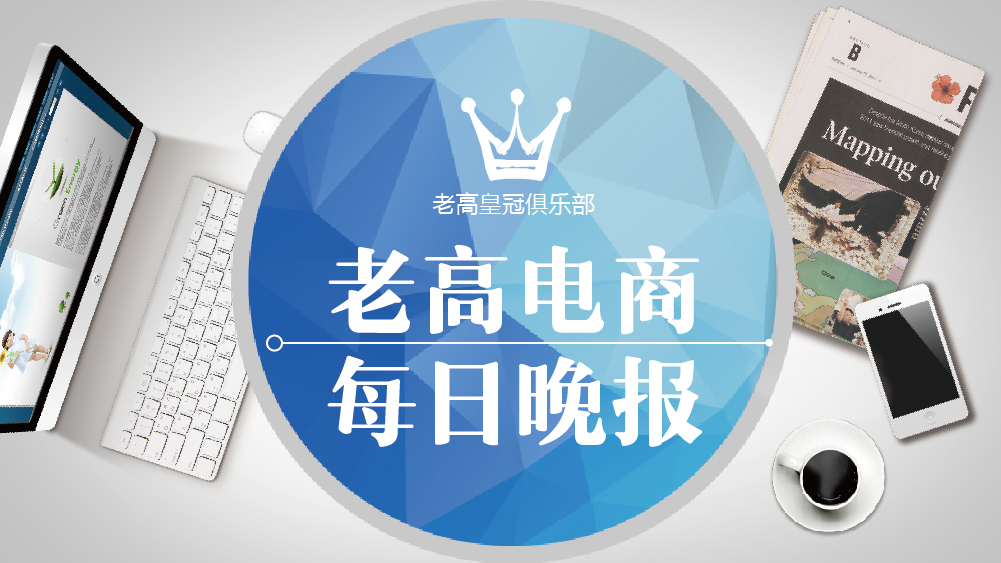"According to preliminary statistics, in the first half of this year, the scale of cross-border e-commerce imports and exports of 13 China (Hangzhou) cross-border e-commerce comprehensive pilot zones (hereinafter referred to as the "comprehensive pilot zone") exceeded 100 billion yuan, an increase of more than doubled year-on-year." Gao Feng, spokesperson of the Ministry of Commerce, recently introduced at a regular press conference that cross-border e-commerce imports and exports have become a new growth point for China's foreign trade development. Cross-border e-commerce refers to an international business activity in which transaction entities belonging to different environments, reach transactions, conduct payment settlements through e-commerce platforms, deliver goods through cross-border logistics, and complete transactions.
In March 2015, the comprehensive pilot zone approved by the State Council is a cross-border e-commerce comprehensive pilot zone established. Chen Weijing, director of the Management Service Center of the Hangzhou Comprehensive Trial Office and director of the Policy Business Department, said that in the first half of this year, the number of export orders passed by a single window in six months was 14.51 million orders, and the volume of imported orders was 15.57 million orders. Last year, the export volume of cross-border e-commerce in Hangzhou reached US$6 billion. Behind the huge e-commerce transaction volume is B2B (the abbreviation of Business-to-Business) showing its strength. According to Gao Feng, B2B accounts for more than 60% of the import and export of cross-border e-commerce , which has become a new growth point for China's foreign trade development.

On August 10, the Ministry of Commerce announced the list of e-commerce demonstration enterprises to be selected for 2017-2018, with 239 enterprises listed, of which 14 cross-border export e-commerce enterprises were on the list, 4 more than last year. Small and medium-sized enterprises that smell business opportunities have begun to try their best. Thanks to the joint efforts of the market and capital, they are gaining their "first pot of gold" under the storm of cross-border e-commerce . Traditional foreign trade enterprises have also begun to grasp this new export channel and actively seek transformation. At this moment, China's "Internet + Foreign Trade" strategy has further attracted enterprises to transform and develop into cross-border e-commerce.
"Old driver" transformation "We are 'old drivers' in terms of exports, but we are 'new recruits' in cross-border e-commerce." The "we" mentioned by Zhang Weijun is a group of people representing the traditional manufacturing industry. Today, these people are actively transforming into the cross-border e-commerce field. Zhang Weijun is the founder of Dongfang Baifu Socks Industry in Hangzhou Economic and Technological Development Zone. He sighed to the Economic Observer that in 26 years, he has basically witnessed the rise and fall of China's sock industry in the past 26 years since he became the boss of a township enterprise to start his own business. Now, companies are beginning to explore how to "do" cross-border e-commerce networks.
Zhang Weijun started to "trot" since the first half of last year. He is exploring trademark registration, foreign exchange settlement and sales, categories, prices and planning. He did not look for an agency to operate the company, but hoped to make steady progress in category planning and marketing promotion, and transform customer service into a team of high-quality cross-border e-commerce. As a company that has been around for decades, "the most important thing is to live up to its brand," said Zhang Weijun. However, the transformation of traditional manufacturing into cross-border e-commerce is not smooth all the way. The speed is not fast enough and the lack of technical capabilities are all the thorns and bumps facing these companies in the e-commerce field.
According to the "2017 "Belt and Road" Cross-border E-commerce Consumption Trend Report" (hereinafter referred to as the "Trend Report") released by JD Data Research Institute on May 15, goods from more than 50 countries along the "Belt and Road" have entered China through e-commerce: imported food, alcohol, home textiles, etc. are the categories with the highest import sales of countries related to the "Belt and Road"; Malaysia, Mongolia, Thailand, etc. are the countries with the highest import sales of goods in countries along the "Belt and Road". People can also see traces of overlap with the "Belt and Road" route from the export flow route of goods. According to the Trend Report, from January to April 2017, among the 13 countries with the fastest consumption growth year-on-year compared with last year, 7 countries along the "Belt and Road" route, with an average year-on-year growth rate of consumption exceeding 10 times.
The "hot spot" is coming. Big players with strong capital such as JD.com, Alibaba, Amazon, and ebay choose to operate cross-border e-commerce in all categories , and their advantages lie in their wide coverage and wide audience. More small players value the operation of a certain category, and their goal is to become a brand e-commerce company. "If cross-border e-commerce is a big trend, our category is a small trend." Tian Haolin, who has been in contact with cross-border e-commerce for 12 years, is called the "old driver" in the circle by the industry. His Suzhou PayPal E-commerce Co., Ltd. was established in March 2012 and mainly engaged in cross-border e-commerce, with products such as wedding dresses and dresses. In order to start a business, Tian Haolin moved from Beijing to Suzhou because Suzhou is an industrial cluster of cross-border e-commerce for wedding dresses. His development plan is to select platforms based on categories, expand to multiple platforms, and achieve continuous business growth, that is, the path of category-platform-multi-platform-multi-category. In addition, it is also necessary to think about it. From the “customized” business, it is gradually transformed into the “inventory” business.
What is cross-border e-commerce ? How to define B2B? He said that through procedures, B2B companies are portrayed, B2B is separated from general trade, and policies are more accurate. This includes three conditions: one is e-commerce platform certification; two is order information verification; and three is specific customs declaration logo. In addition, Chen Weijing said that the later planning of the single window of the comprehensive pilot zone will also strengthen construction in the big data system, e-commerce credit system, risk prevention and control system, intelligent logistics system, etc.
Click to register to apply for the qualification to attend the Laogao e-commerce classroom. Laogao strongly invites e-commerce veterans to teach everyone step by step, increase their popularity and create a hot product, and occupy the first place in the category !





![#Laogao E-commerce Newsletter# [E-commerce Evening News on December 4]](/update/1607071898l269173977.jpg)

 EN
EN CN
CN
